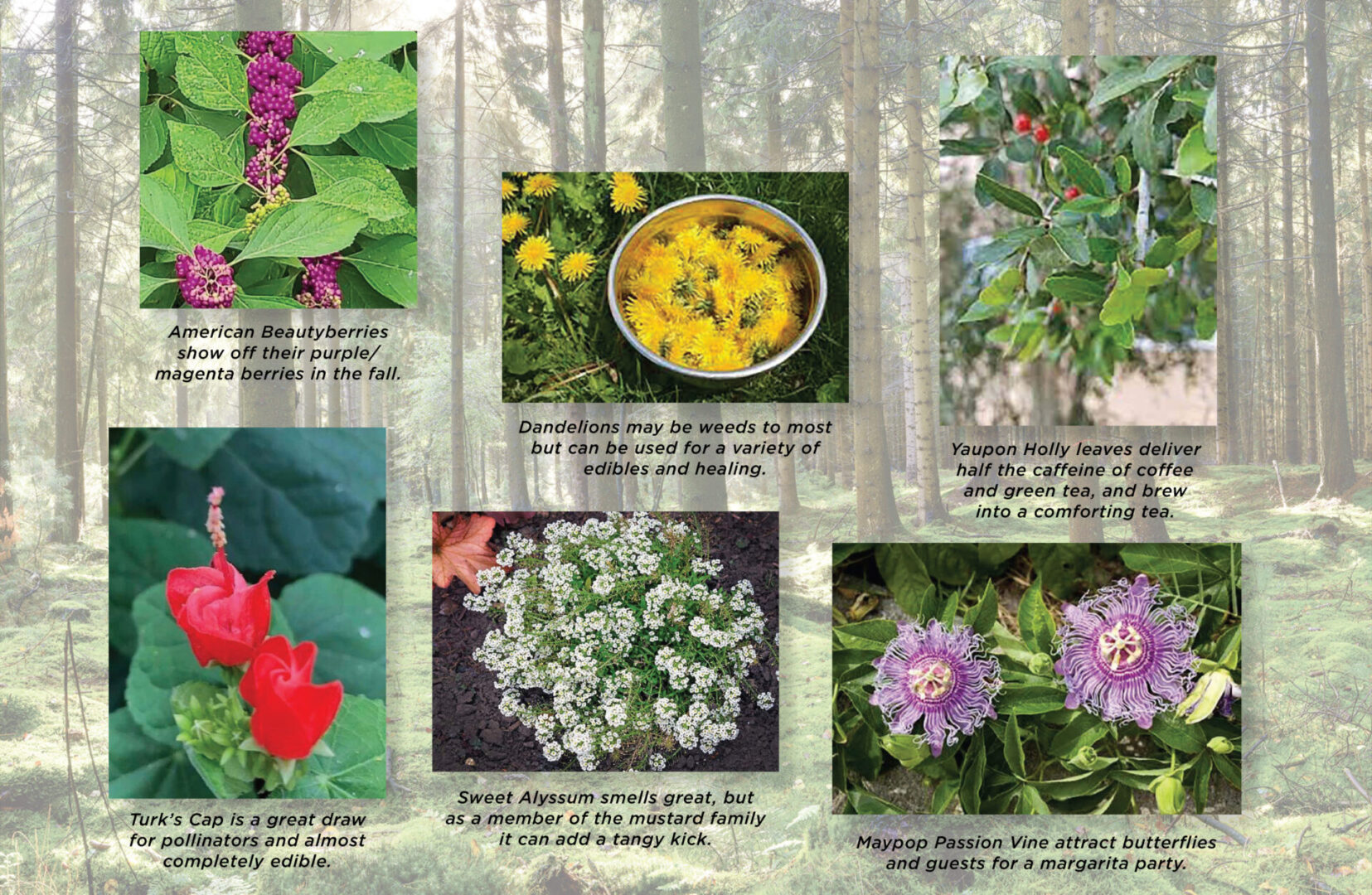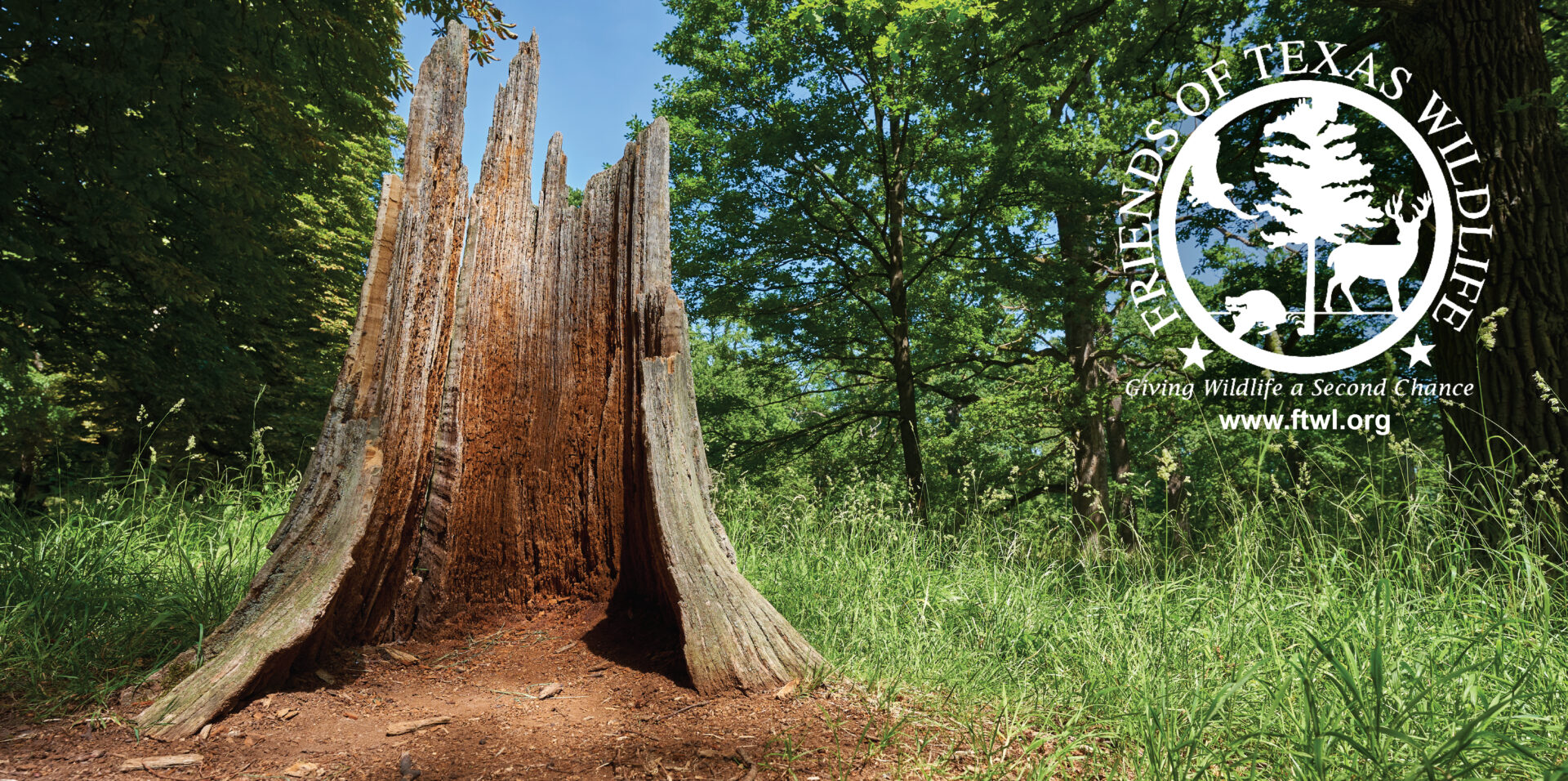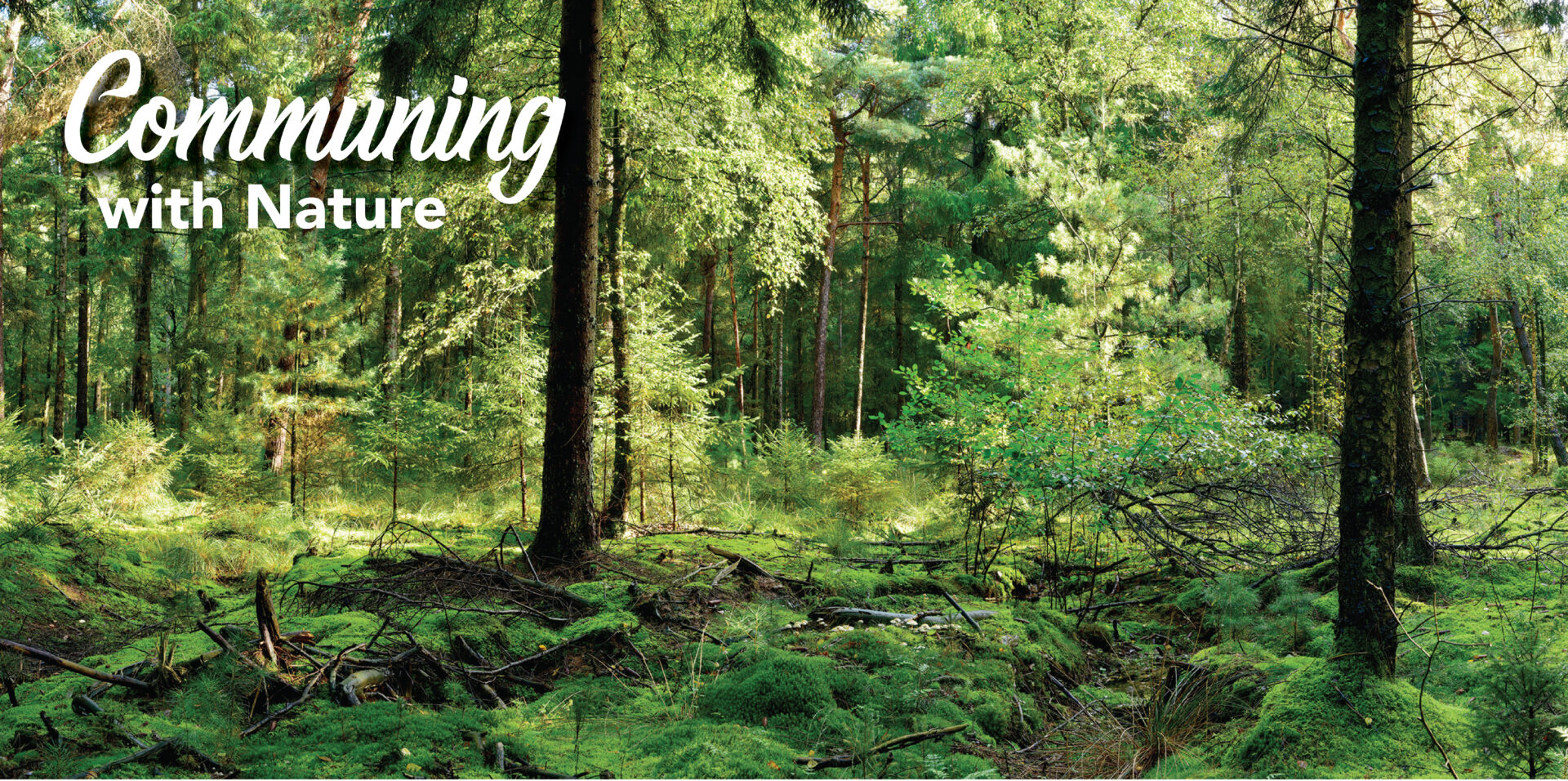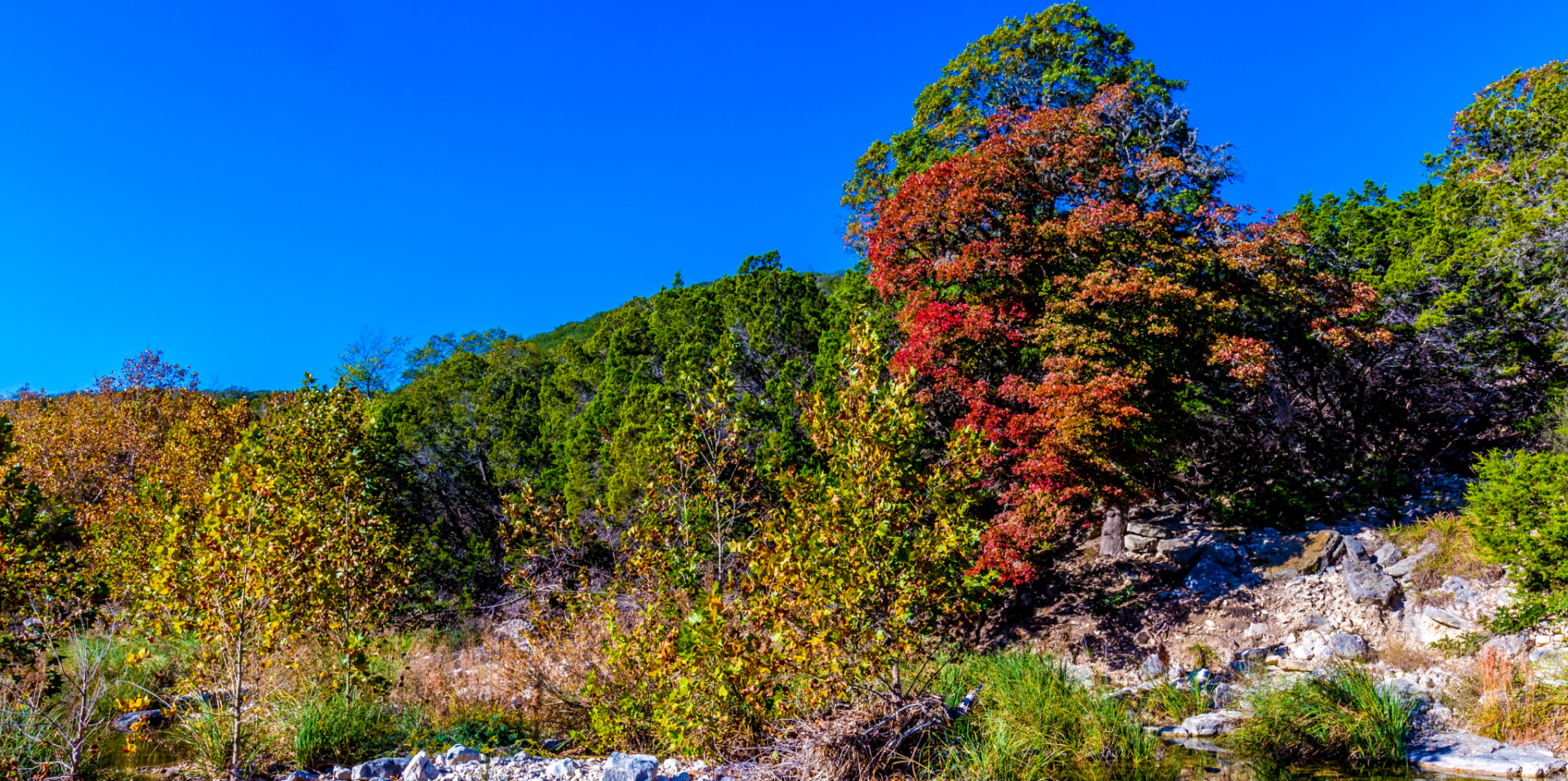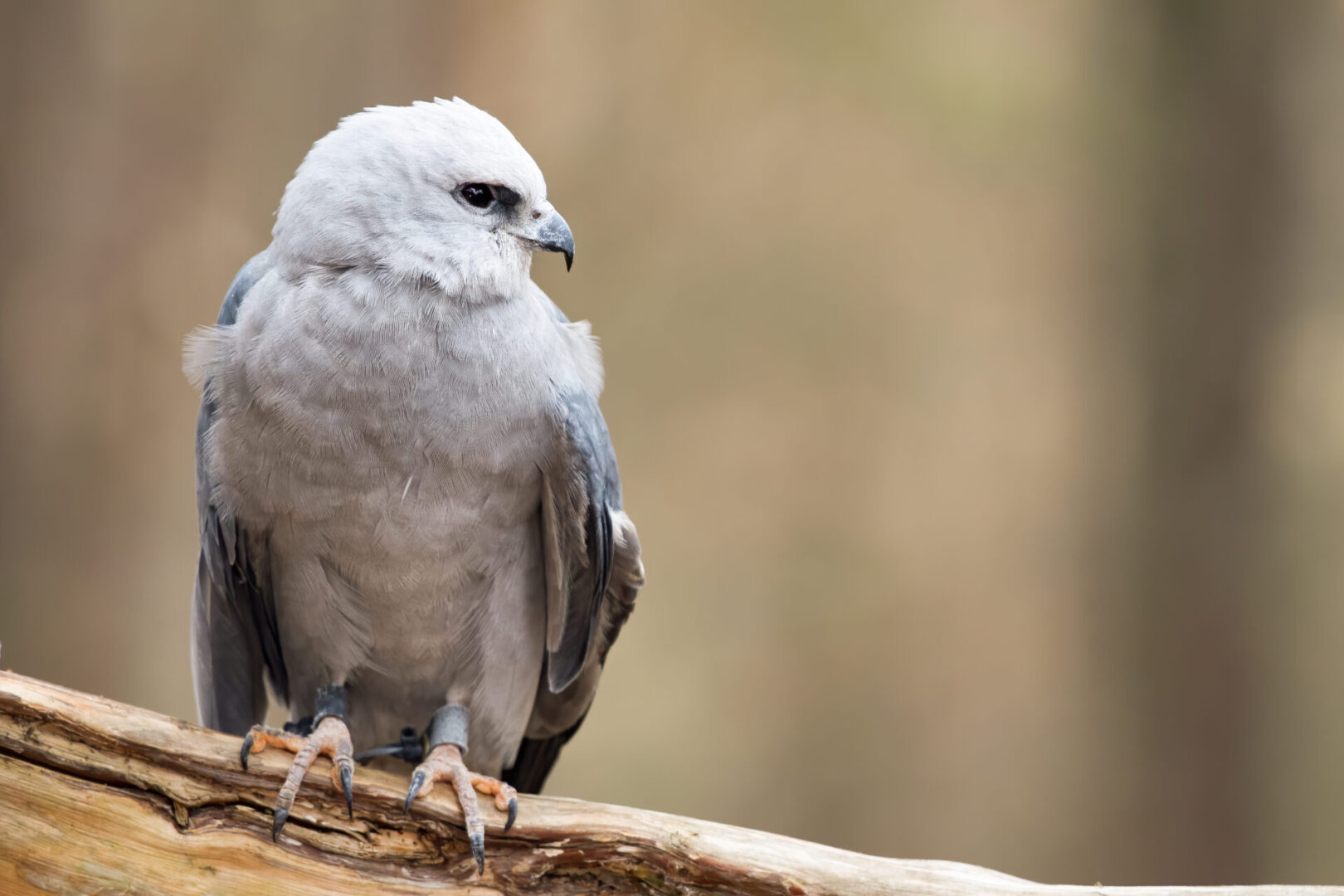Communing with Nature: Forage in the Forest… Pick Some Tea, Jelly or Healing Plant
You don’t have to wander very far from home to find a rich source of food, natural healing aids, building tools, and the makings of a great tea. Foraging for food has been an important part of human evolution since the caveman, and the indigenous peoples who made the Piney Woods home knew the forest well. Everywhere you look in the woods of East Texas, forage is available throughout the year, but for this article I will focus on fall foraging opportunities. And even if we’ve had a freeze by December, these are all likely still available.
Just take a walk in a woodland park, meadow, wetlands, or even your own yard to find the most available foraging sources in southern east Texas. Throughout Harris, Liberty, Montgomery, Polk, San Jacinto and Walker Counties the following are abundant:
1. American Beautyberry (Callicarpa americana): I have these beautiful understory bushes that bloom with white fringy flowers in the summer then burst with stunning purple/magenta berries lining the branches. Eaten raw the berries taste kind of medicinal, but wow do they make a great jam or jelly. That is if you can pick them before the birds, deer, possum and racoons get them. The leaves have shown DEET-like property to repel mosquitos, just crush and rub on clothing.
2. Dandelions (Taraxacum officinale): A foraging superfood, dandelions are packed with vitamins, minerals, and protein; and can be used in many ways. It takes some work to get past the strong bitter flavor of this plant. Try mixing one-part young leaves with nine parts milder leaves in salad; use flowers in winemaking; and roast or boil the roots for 30 minutes to make a coffee substitute. Dandelion flowers can be infused with a blend of jojoba oil and olive oil for a wound healing salve; or prepare roots and leaves as a poultice or tincture for use as a diuretic, antibacterial, laxative, sedative or appetite stimulant.
3. Maypop Passion Vine (Passiflora incarnata): Maypop passion vines are common in home gardens because they lure in Gulf fritillary butterflies and provide a habitat for their larva. The flowers turn into juicy yellow fruit that make amazing margaritas, preserves, or tea and juice drinks. Brew the flowers into a tea and maypops deliver a potent sedative or anti-anxiety relief. And to top it all off, they are rich in Vitamin A and niacin.
4. Sweet Alyssum (Lobularia maritima): Most people are surprised when they hear this popular fall/winter bedding plant is in the mustard (Brassica) family. Don’t let the name Sweet mislead you, the flavor of raw, young, green seed pods has the same spicy bite as other mustards. They can replace radishes in a salad or horseradish with meats. While the flowers can be eaten any time, seed pods are best when they’re still soft and green. Cook up raw leaves like traditional mustard greens. Just beware of pesticides.
5. Turks Cap (Malvaviscus arboreus): These upright or sprawling perennials, are loved by pollinators, and almost completely edible for humans. Flowers and young leaves are edible raw or cooked. Cook young leaves like spinach, the fruit is like a tiny apple that can be made into tea or preserves, use flowers to make a pink lemonade type of drink. Flowers are high in antioxidants; seeds are high in protein & starch; leaves high in minerals; fruit is high in Vitamin C.
6. Yaupon Holly (Ilex vomitoria): Most landowners consider them invasive, but as native plants, yaupons are adapted to our region. Yaupon and the very toxic Chinese privet are easily confused, so learn the difference. Privet leaves grow in a smooth-edged, uniform pattern while yaupon leaves have a random, chaotic growth pattern with bumpy edges. Just remember “chaos = caffeine”! A satisfying tea made from yaupon leaves has half the caffeine of coffee or a green tea with similar antioxidant properties. Leave the berries for the birds, just cut a well-leafed branch, hang it upside down for two weeks to dry, then boil the leaves for a perky hot beverage.
